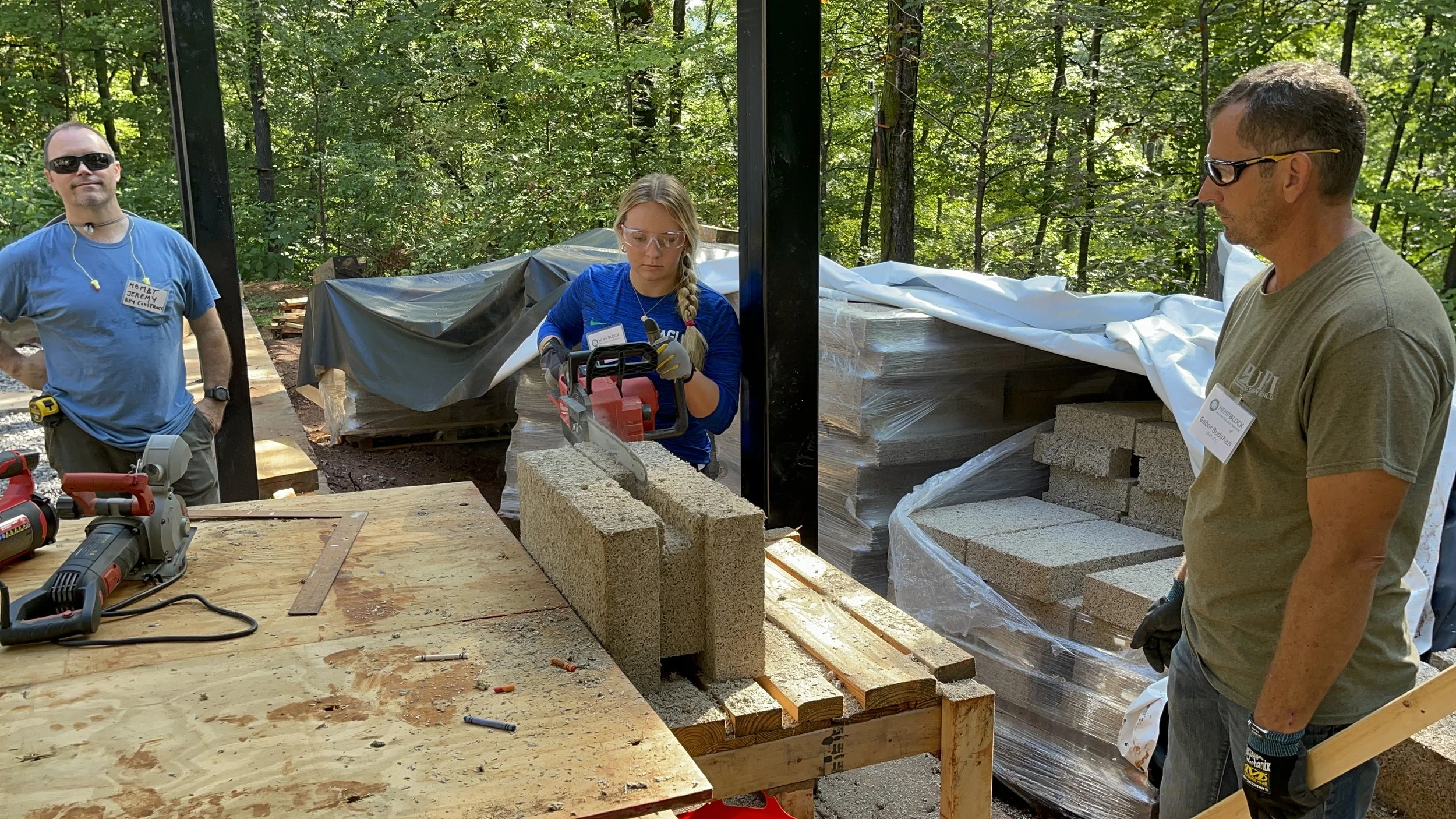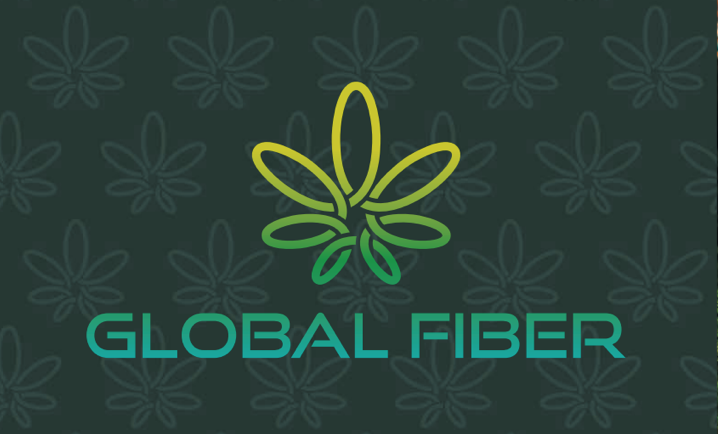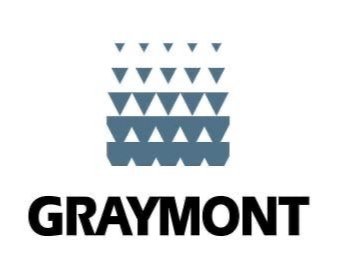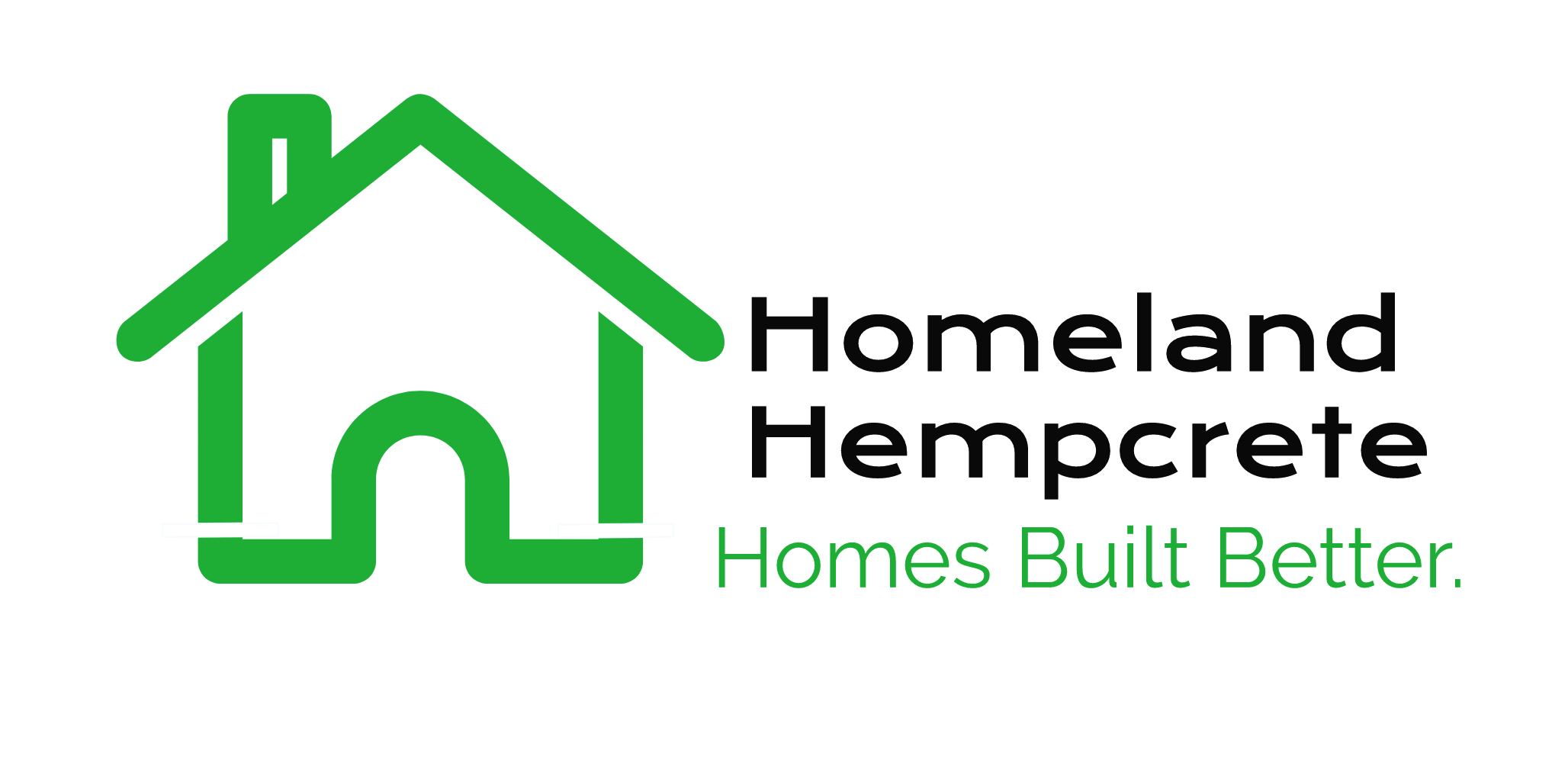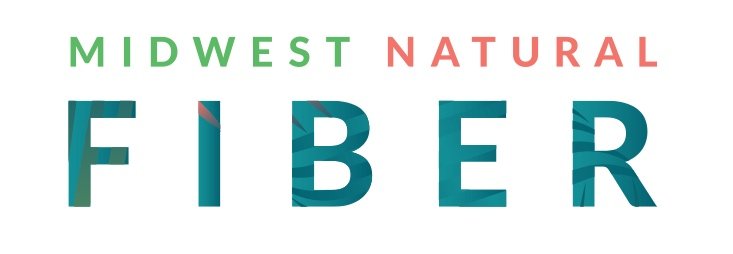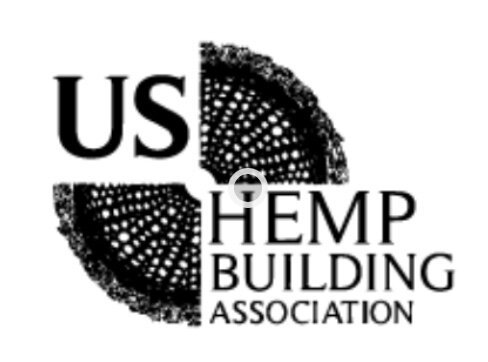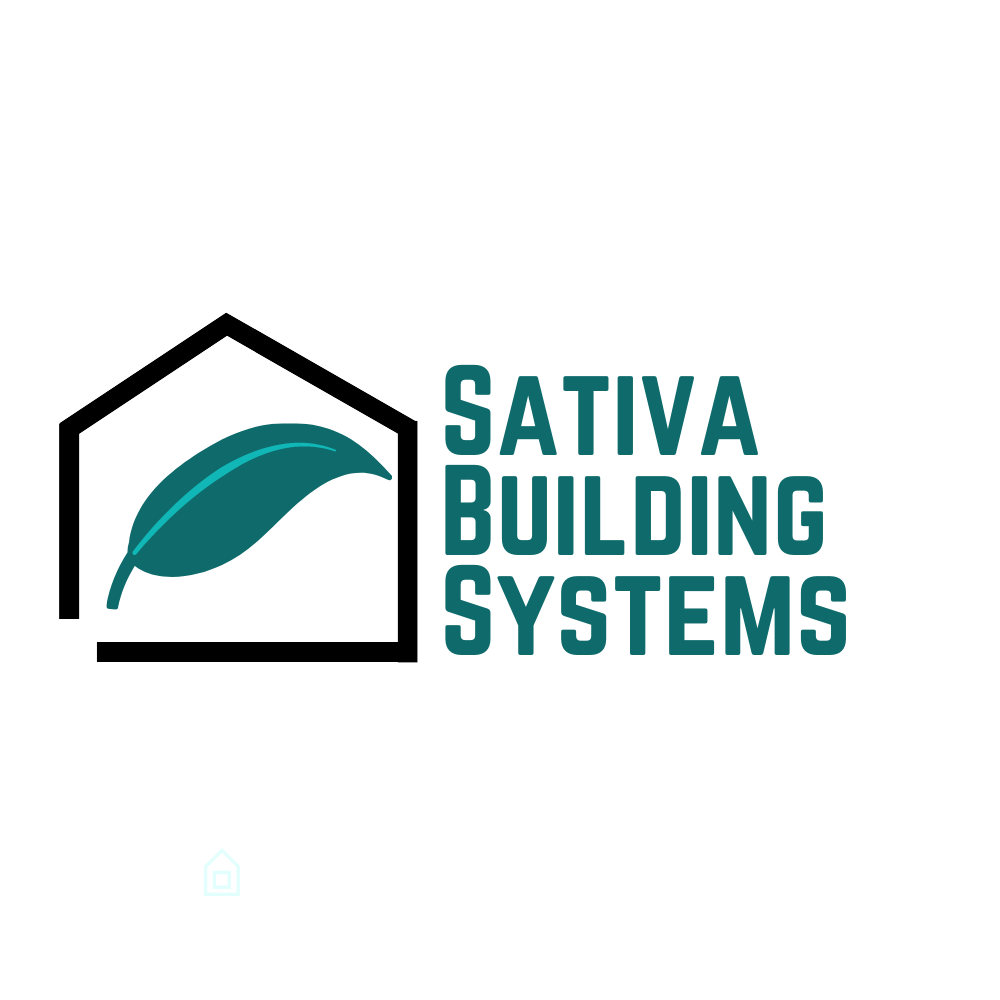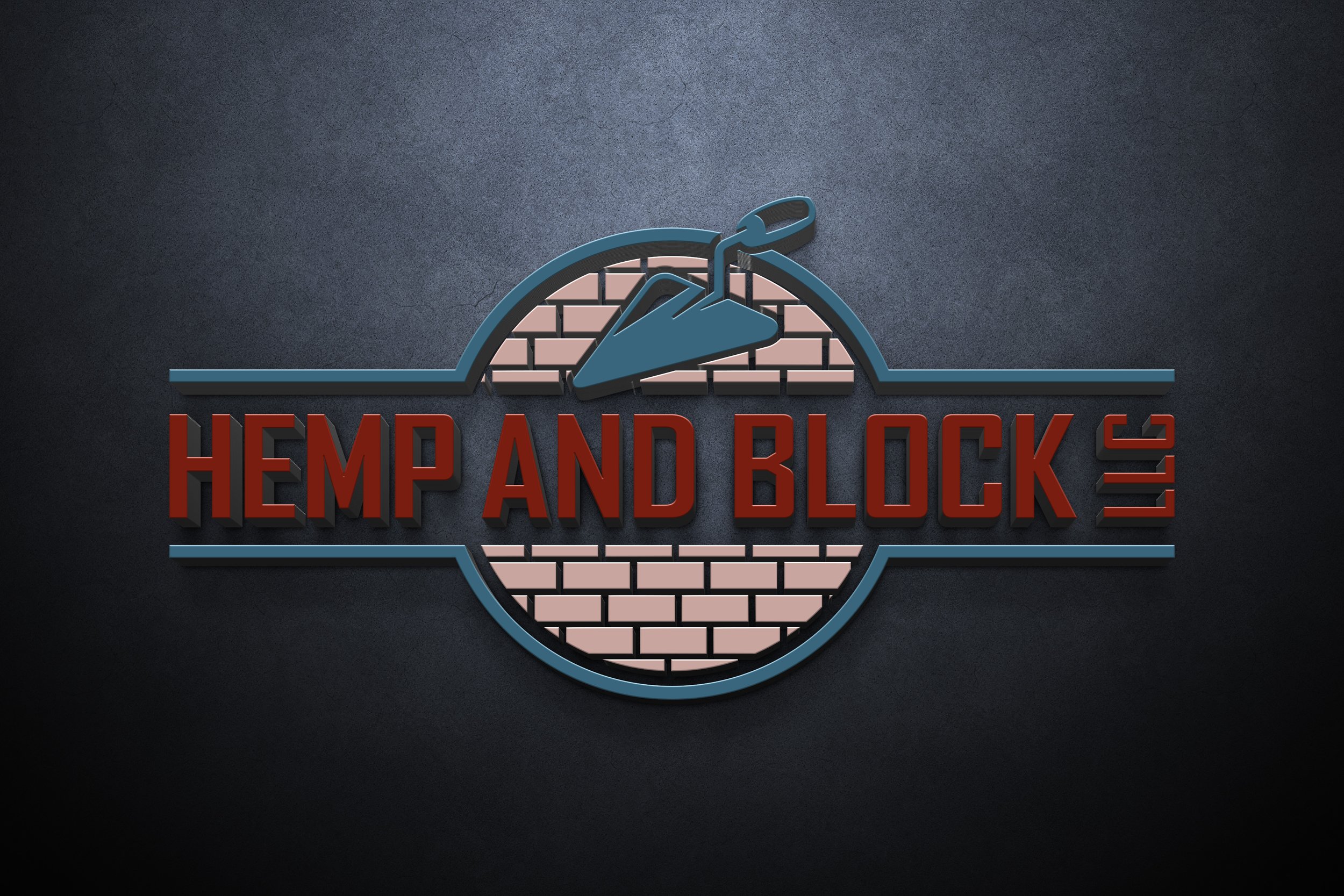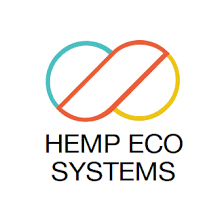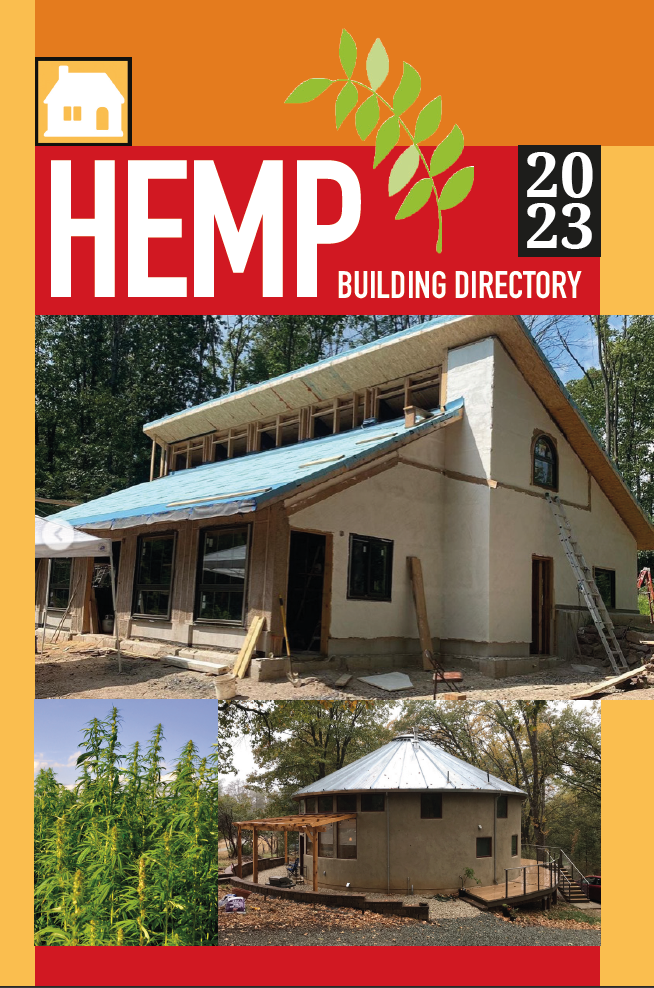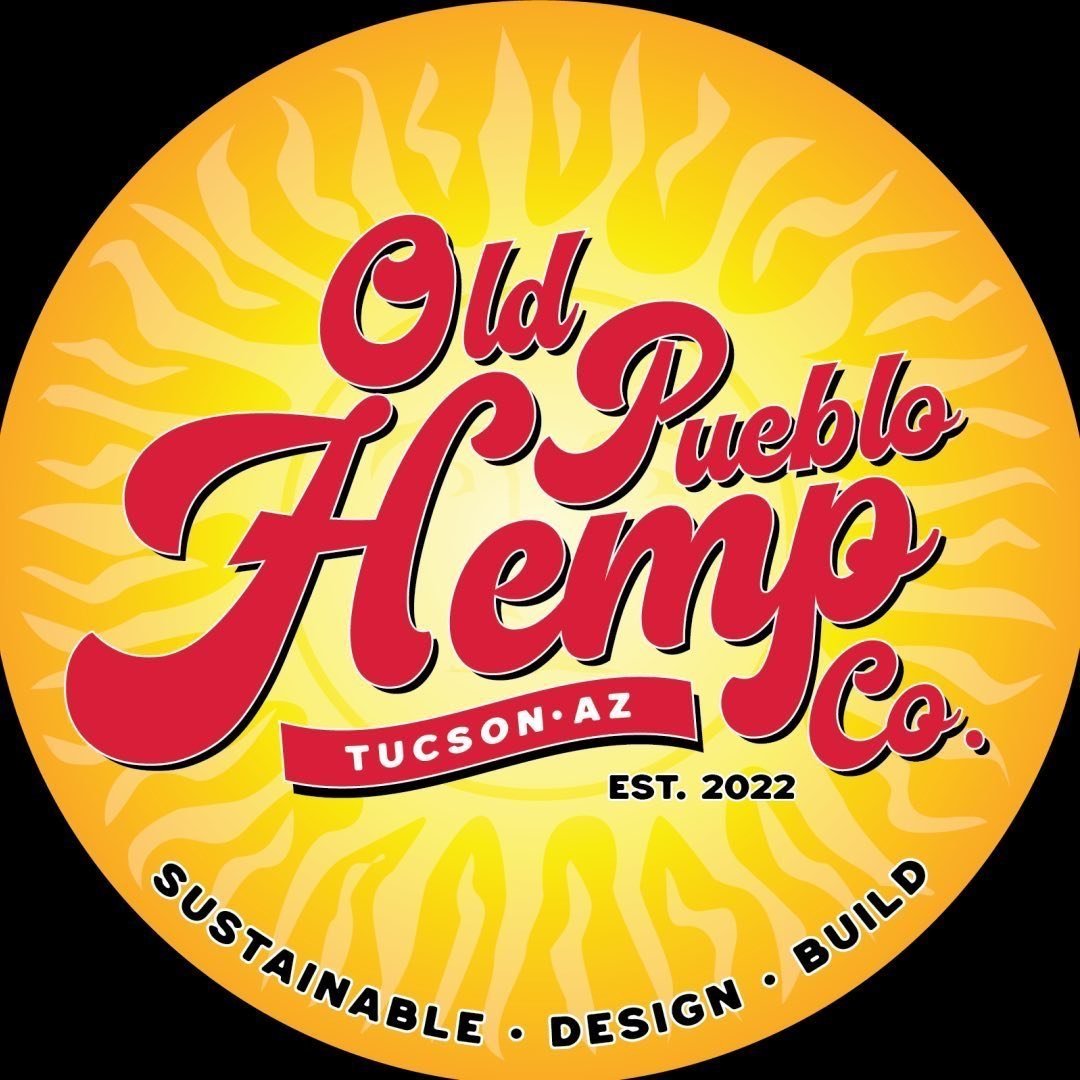Becoming a HempBLOCK Master Builder: My Experience
A workshop participant cuts a hempcrete block with a chainsaw at the HempBLOCK USA master builder workshop in Wildwood, GA. Photo courtesy of Crystal Cervantez-Tkac
By Crystal Cervantez-Tkac
In a groundbreaking move this August, a Euro-based hemp block company began its first US construction project in Wildwood, GA.
HempBLOCK USA marked dual milestones by commencing its first build and hosting the first HempBLOCK Master Builder training program in the United States.
As a fervent advocate for hemp in construction, I am proud to say I helped build the first wall of HempBLOCK USA’s first project in the United States.
The demand for HempBLOCK International’s product has surged throughout the USA, founder Johan Tijssen told HempBuild Mag. Developers, hemp processors, Native American tribes, and affordable housing organizations have reached out to the company, Tijssen said.
The blocks are currently only manufactured in France. However, this should change soon.
Tijssen plans to meet with investors to set up three new manufacturing facilities in the USA. They aim to open the first factory within two years, contingent upon raising $8 million. They are considering potential factory locations in prominent hemp-cultivation states such as North Dakota, South Dakota, and Texas.
The Project: Keith and Katie Bien’s Sustainable Dream
Keith and Katie Bien have developed a passion for sustainable building over the course of their marriage. They even took a permaculture design course during their honeymoon. As caretakers of Katie’s multigenerational family farm, they were thrilled to acquire an adjacent lot for their sustainable hempcrete dream home.
After years of research, their decision was final: They would build with HempBLOCK USA’s interlocking blocks.
Their determination compelled them to import the blocks, which took three weeks to ship, rather than await local availability. They even secured a conventional loan from a local bank, setting a notable precedent.
The Bien’s two-story, 2600 square-foot home is nestled into a mountainside, featuring a walk-out basement that opens to a lush forest and a creek. All above-grade exterior walls and most of the interior walls are hemp blocks. The project only uses concrete for retaining walls and footings.
Steel fabricated locally by OS Fabrications, timber beams and lintels above doors/windows, and bond beams around the top of the walls create the structure that HempBLOCK International engineers designed. The blocks come in four shapes, two of which feature holes for steel posts. A U-shape block accommodates lintels and the bond beams.
A workshop participant installs specially cut hempcrete blocks to fit around the steel frame. Photo courtesy of Crystal Cervantez-Tkac
The Master Builder Class
The students had to study the manual and pass a test before arriving at the site ready to work. The two-day training included floor preparation, block laying, and structural considerations, including the incorporation of a doorway. We installed steel posts and filled post holes and lintels with a perlite/cement mixture.
While some noted that window installation was missing from the training, the two-day session was comprehensive.
The Potential of HempBLOCK
These interlocking hemp blocks, crafted from hemp wood and a natural clay-rich lime binder, require no mortar.
They serve as formwork for the structure and adapt around steel frames and plumbing by cutting them in half with a chainsaw and rejoining using glue and screws. Simple scrapers allow for sculpting, and leftover scraps easily fill gaps.
Both interior and exterior sides receive a lime plaster render with embedded fiber mesh for cohesion, protection, and added insulation.
Though shipping costs from France to the USA can multiply the hemp block’s price, the Biens have found that the overall expense remains competitive with traditional construction methods while offering a range of exceptional benefits, they said.
The Block is 100% natural, sustainable, highly insulating, toxin-free, water permeable, fireproof, mold-proof, and pest-proof. Its durability increases over time as it petrifies, lasting centuries compared to the 50-100 years of conventional construction. Opting for lime over cement also reduces CO2 emissions by 80%, achieving a carbon-negative status through carbon sequestration.
The block system replaces siding, vapor barriers, sheathing, studs, insulation, drywall, and paint. It is also a perfect alternative to concrete blocks.
As Katie Bien noted, local production in the United States could shift HempBLOCK blocks from “comparable to conventional building” to “more cost-effective than conventional building,” thereby creating opportunities for affordable housing.
HempBLOCK USA is leading the way to make this innovative product more accessible and affordable for everyone who wants to build a better future with hemp.
Related Story: Construction Loan for a Hempcrete Build: One Success Story from GA
The workshop team meets on the building site before installing the blocks. Photo courtesy of Crystal Cervantez-Tkac
Please Support Our Classified Advertisers
(To find out more about advertising CLICK HERE).
Help Wanted:
Publications
Hemp Building Directory 2023 - Guide to the International Hemp Building Industry
“Hemp Buildings - 50 International Case Studies” by Steve Allin
Hemp Building Research and Training
Enrolling now Hemp Build School Masterminds online and IRL for Homeowners and Professionals
Hemp Hurd (shivs)/Hemp Fiber/ Hemp Microfiber
Hemp Building Company: Hempcrete Supplies, Training Programs. Longmont, CO
PROducing Sustainable Fibers for Environmentally Conscious Consumers - Prairie PROducers
Hempcrete installers/Insulation subcontractors
Hempknowlogy: Home of the Hempjet: America’s first hempcrete spraying system. Manchaca, TX
Design and build your Hempcrete home with HempStone LLC complete consultants
Lime Binder
Hemp Batt Insulation/Supplies
Hemp Wall Panel Products
Preorder your hempcrete tiny house from Sativa Building Systems
Panel solutions from Homeland Hempcrete
Hemp Blocks
Professional Associations

